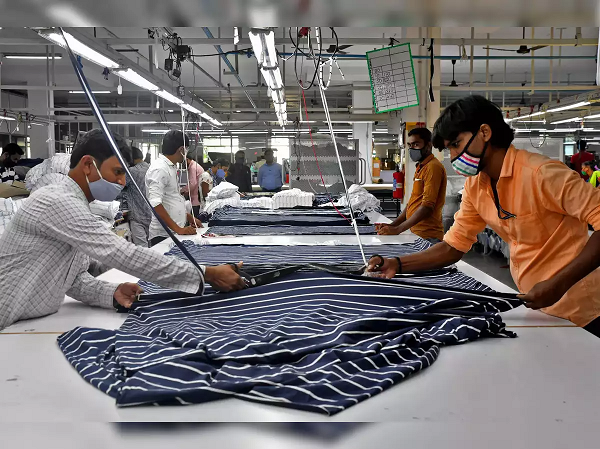
The Indian textile sector is a flagship of the nation that has carried on the rich cultural traditions of the country. In this dazzling sector of more than story characters, textile weaving businesses and textile weaving mills in India remain the key players on behalf of the land of India’s Textile face. From Charkha to the most avant-garde weaving systems, these entities are the roots that morselize the legacy of the Indian textile tradition, where skill, enterprise, and innovation engage. It is time to deep-dive into weaving mills and factories that are spearheading the change of face of the Indian textile industry.
The Built Heritage of Textiles Weaving Mills in India
Textile weaving mills have been the core fabric of Indian industries since time immemorial, right from the period when India was strictly an agrarian society stretching till the time the Indus Valley civilization and the historical Harappan people prospered along the Indus and Ganges Rivers respectively. Among these, weaving techniques are numerous, starting with traditional methodologies adapted to the 21st century with the current marketing society trends.
Another point to be noticed about the textile industry in India is that the existing weaving mills can make a variety of fabrics that can be used in different applications for different purposes by customers. From various hand-woven sarees and dhotis to modern tess which includes every furniture of in the bedroom as well as curtains, the fact India’s history of textiles can be explained here.
In addition, textile weaving and artisan units are an integral part of contributing to the diversification of the rural economy as well as maintaining the indigenous weaving customs found in each region of the country. Different territory-specific weaving traditions, designs, and motifs are present which confidently depict the emerging cultural diversity and art-rich nation. These mills act as a platform for the promotion of indigenous weaving and other crafts whereby by sustaining the traditional process, they facilitate economic empowerment and livelihoods that are there to stay.
In the spotlight, Woven Companies are at the top of the innovation.
Instead of depending upon old tools and traditional processes, companies are making use of high-tech machines, new looms, and a pioneer spirit of innovation. The results are just superb providing for extensive textile production.
One area in which weaving companies are dominant is the production of special, specialty, technical, and precision textiles. While these companies are producing an array of some of the most outstanding protective fabrics such as flame-resistant materials to meet the environmental needs of different industries, they are still at the forefront of the advancement of these materials.
Along with the above, Indian weaving companies are moving towards environmental sustainability and applying green approaches in their production to minimize negative effects on the planet. The water-saving technologies, energy-optimization, and exploration of alternative materials being adopted by the fashion companies are what make them leaders in the transformation of the more sustainable and socially conscious textile industry.
Collaboration and Synergy: Increase of Textile Industry through boosting economic development
It has become essential for textile weaving mills to go hand in hand with weaving industries to intensify competitiveness and innovation in the whole textile sector. Public, private, and non-governmental organizations’ joint undertakings provide an opportunity for knowledge sharing, expertise transfer, and resource pool which are in turn a catalysts of progress and prosperity.
It should be noted that one example of the collaborative nature is the use of digital technologies in textile design and manufacture. Through cooperation with digital weaving businesses, traditional mills with weaving capabilities will get an opportunity for designing enhancement, productivity growth, and enlarge the market. This is the demonstration of the coexistence of old craftsmanship with modern innovations in India’s textiles that show the strength and the ability to adapt to the new.
Also, liaison between weavers and companies is a determinant that learners thread through the textile dept. By organizing training workshops, knowledge-sharing sessions, as well as workshops professionals these actors enable local craftsmen and weavers with the required skills and resources to thrive in the fast-changing market conditions.
Conclusion: The Textile Industry is an Essential Aspect of Embroidering a Brilliant Future for India.
India’s textile sector still progresses and strides forward; in its heart, there lies weaving mills and plants. The faithfulness to implement craftsmanship, innovation, and sustainability entrepreneurs shows the capacity for the survival and growth of textiles in India. Along with the traditional spinning mills, the emerging weaving companies in India are equally a catalyst for the innovation and mechanization revolution in the entire textile industry of developing countries.
These establish the continuity of the old weaving ways, incorporating tech improvements and cooperation as the textile industry of India weaves an intriguing future. As the textile mills of the country retain their headway and keep on growing & in a thriving state of affairs, they are the ones that will go on shaping and dominating the culture & history of India in its familiar carpets.






